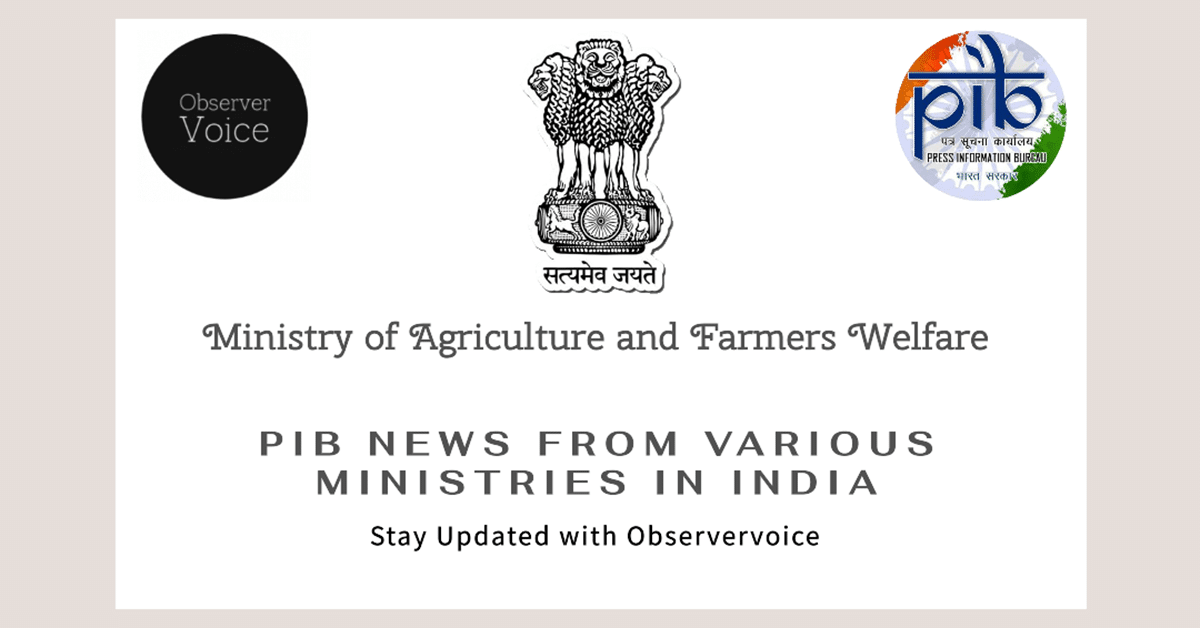Rabi crop sowing exceeds 661.03 lakh hectares

The Department of Agriculture and Farmers’ Welfare has recently published the progress of area coverage under Rabi crops as of February 4, 2025. This report provides crucial insights into the agricultural landscape of the country, highlighting the area sown for various crops compared to previous years. Understanding these trends is vital for farmers, policymakers, and stakeholders in the agricultural sector.
Overview of Rabi Crops
Rabi crops are sown in the winter season and harvested in the spring. They play a significant role in ensuring food security and supporting the livelihoods of farmers. The primary Rabi crops include wheat, rice, pulses, and oilseeds. The area under these crops is monitored closely to assess agricultural productivity and make informed decisions regarding resource allocation and support measures.
As of the latest report, the total area sown for Rabi crops stands at 635.30 lakh hectares for the 2024-25 season. This figure is compared to 661.03 lakh hectares in the previous season (2023-24) and 651.42 lakh hectares in the 2022-23 season. The data indicates a slight decrease in the area sown this year, which may raise concerns about potential impacts on crop yields and food supply.
Detailed Crop Coverage Statistics
The report provides a detailed breakdown of the area sown for various crops. For instance, wheat remains the dominant Rabi crop, with an area of 312.35 lakh hectares sown in the current season. This is a decrease from 324.88 lakh hectares in the previous year. Similarly, the area sown for rice/paddy is reported at 42.02 lakh hectares, slightly lower than the 42.54 lakh hectares sown last year.
Pulses also show a notable area coverage of 140.44 lakh hectares, which is consistent with previous years. Among pulses, gram and lentil are significant contributors, with areas of 100.99 lakh hectares and 15.13 lakh hectares, respectively. The data reflects the importance of these crops in the agricultural economy and their role in providing essential nutrients to the population.
Implications for Farmers and Policy Makers
The trends observed in the Rabi crop coverage report have significant implications for farmers and policymakers. A decrease in the area sown may lead to reduced yields, affecting food availability and prices. Farmers may need to adapt their strategies, focusing on crop diversification and sustainable practices to mitigate risks associated with climate change and market fluctuations.
Policymakers must analyze these trends to develop effective support programs for farmers. This includes providing access to quality seeds, fertilizers, and irrigation facilities. Additionally, enhancing market access and price support mechanisms can help stabilize farmers’ incomes and encourage them to invest in their agricultural practices.
Observer Voice is the one stop site for National, International news, Sports, Editor’s Choice, Art/culture contents, Quotes and much more. We also cover historical contents. Historical contents includes World History, Indian History, and what happened today. The website also covers Entertainment across the India and World.

